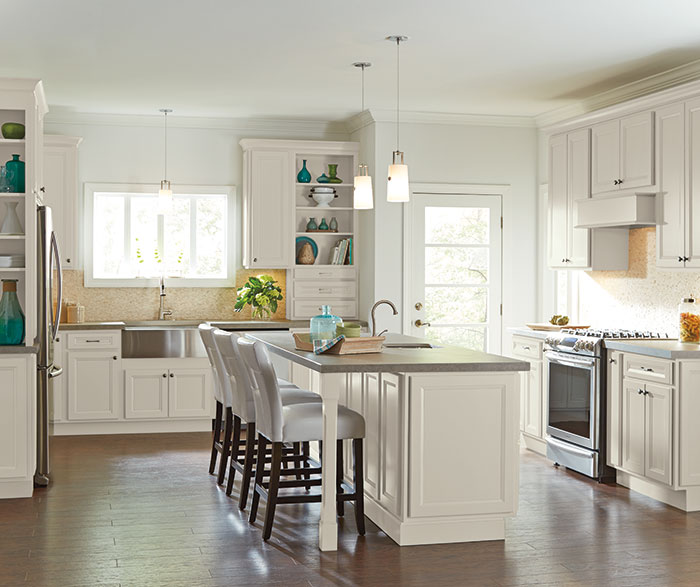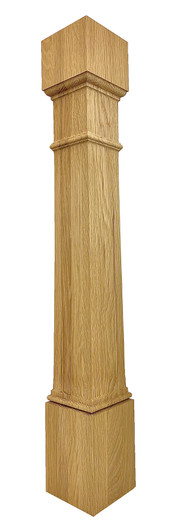The Leading Kitchen Island Leg Styles to Enhance Any Kind Of Design Aesthetic
The Leading Kitchen Island Leg Styles to Enhance Any Kind Of Design Aesthetic
Blog Article
The Value of a Sturdy Cooking Area Island Leg in Creating a Functional Cooking Area
A strong kitchen island leg serves as a fundamental part in developing a practical cooking environment, supplying necessary assistance for both the counter top and different kitchen area activities. As kitchen areas progress into multifunctional locations for food preparation, dining, and interacting socially, the choice of products and style considerations for island legs comes to be increasingly essential.
Benefits of Sturdy Island Legs
Providing necessary support, sturdy kitchen island legs play a critical function in enhancing the performance and durability of cooking area islands - kitchen island leg. These legs not just bear the weight of the countertop and any added products put on the island, but additionally add to the overall security of the framework. A well-supported kitchen island makes sure that it remains upright and useful, also under heavy usage, which is particularly essential in active cooking area atmospheres
Additionally, strong island legs can enhance the aesthetic appeal of the cooking area. They give a strong structure that can match numerous layout styles, from modern to typical. This versatility enables home owners to tailor their kitchen area islands according to personal taste while ensuring that the architectural integrity stays uncompromised.
In enhancement to their encouraging role, durable kitchen area island legs can likewise improve safety and security. A steady island lowers the threat of accidents created by tottering or tipping, which is specifically crucial in houses with children or elderly people. Furthermore, strong legs can promote a seamless circulation of tasks, permitting for efficient meal prep work and social interactions within the kitchen area room. Ultimately, purchasing tough kitchen area island legs is essential for a functional and aesthetically pleasing cooking area.
Materials for Kitchen Island Legs
When selecting materials for kitchen island legs, longevity and aesthetic allure are important factors to take into consideration,. One of the most common materials consist of hardwood, metal, and engineered timber, each offering special benefits.
Hardwood, such as cherry, oak, or maple, is a traditional choice as a result of its stamina and timeless elegance (kitchen island leg). It can withstand substantial weight and is resistant to put on, making it optimal for high-use kitchen settings. Additionally, wood can be discolored or repainted to match numerous kitchen area designs
Metal legs, frequently crafted from stainless-steel or wrought iron, give a industrial and modern look. They are extremely solid and can sustain substantial tons while being immune to moisture and heat, which is beneficial in a cooking location. Steel legs can also be quickly cleaned, improving their usefulness.

Design Factors To Consider for Stability
The option of materials for cooking area island legs straight influences the style considerations for stability. When developing a cooking area island, it is vital to assess the weight-bearing ability of the selected products. Much heavier products, such as solid timber or metal, normally supply greater stability, particularly under the stress of everyday usage.
Furthermore, the leg layout must integrate appropriate geometry to boost stability. A broader base increases the support location, reducing the threat of tipping or wobbling. Factor to consider must also be provided to the elevation of the legs; disproportionate leg sizes can bring about imbalance, jeopardizing the total stability of the island.
Moreover, the distribution of weight throughout the island is critical. Making sure that the leg positioning lines up with the heaviest elements, such as appliances and counter tops, will certainly better boost security.
Maintenance Tips for Long Life

Depending on the material of the legs-- whether timber, steel, or composite-- ideal cleaning methods ought to be utilized. Metal legs may need a light gloss to protect against corrosion and keep their gloss.
Additionally, tightening bolts and screws consistently can ensure stability and prevent wobbling. Think about enhancing the legs with added braces or sustains to improve sturdiness if the kitchen area island experiences heavy usage. Lastly, applying a protective coating or sealer can protect against dampness and spots, extending the life-span of the legs. By following these upkeep ideas, home owners can guarantee their kitchen island legs stay practical and More Help robust for several years to find.
Picking the Right Leg Design
Normal upkeep guarantees that cooking area island legs remain sturdy and practical, however picking the ideal leg style is just as vital for both looks and assistance. The option of leg style can substantially influence the overall design and consistency of your kitchen area.

Performance is an additional crucial element. Thicker legs or those with a strong base can sustain larger kitchen counters and equipment, enhancing the island's utility. Conversely, slim legs may create an airy appearance, suitable for lighter styles but potentially less supportive.
Conclusion
In summary, the significance of strong cooking area island legs can not be overemphasized in the development of a practical cooking area. These legs supply essential support, enhance stability, and contribute to the total Find Out More visual of the kitchen area. By thoroughly choosing ideal materials and designs, as well as executing correct upkeep methods, the durability and effectiveness of cooking area islands can be made certain. Eventually, buying robust island legs is basic to accomplishing a effective and risk-free culinary setting.
A sturdy kitchen area island leg serves as an essential component in developing a practical cooking atmosphere, providing needed support for both the kitchen counter and various cooking area tasks.Providing crucial support, tough kitchen island legs play an essential role in improving the performance and longevity of kitchen area islands. Ultimately, spending in sturdy kitchen island legs is crucial for a practical and visually pleasing cooking location.
Consideration must additionally be given to the height of the legs; Your Domain Name out of proportion leg lengths can lead to discrepancy, compromising the overall stability of the island.
Wood legs give warmth and a traditional appearance, while steel legs offer a contemporary and commercial feel.
Report this page